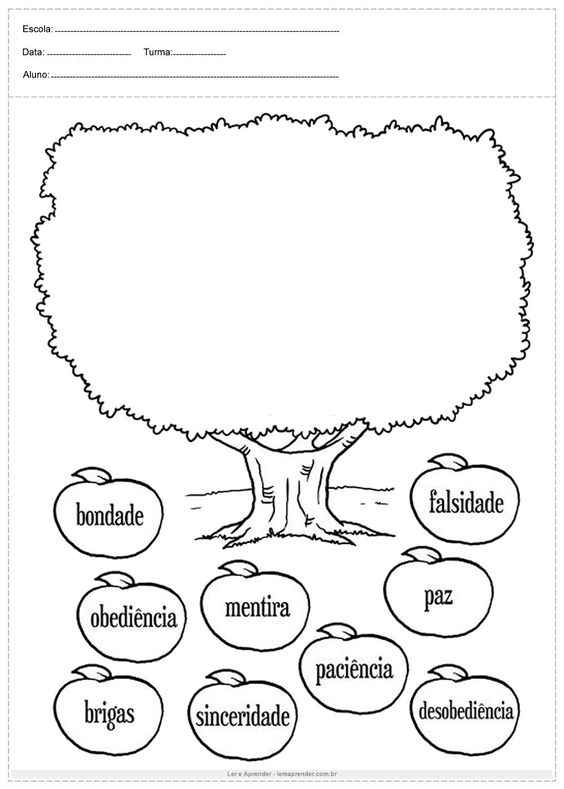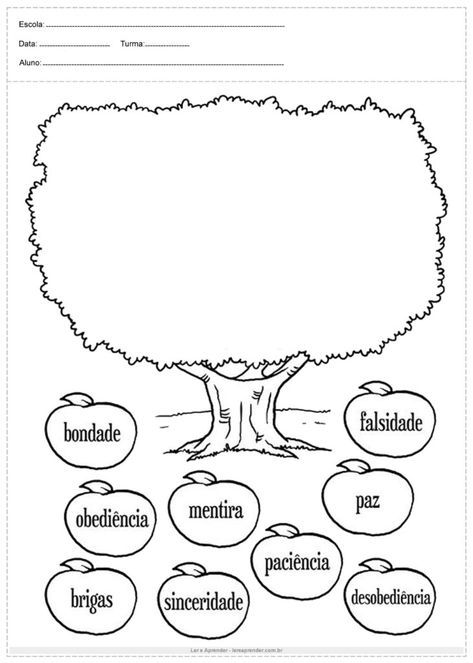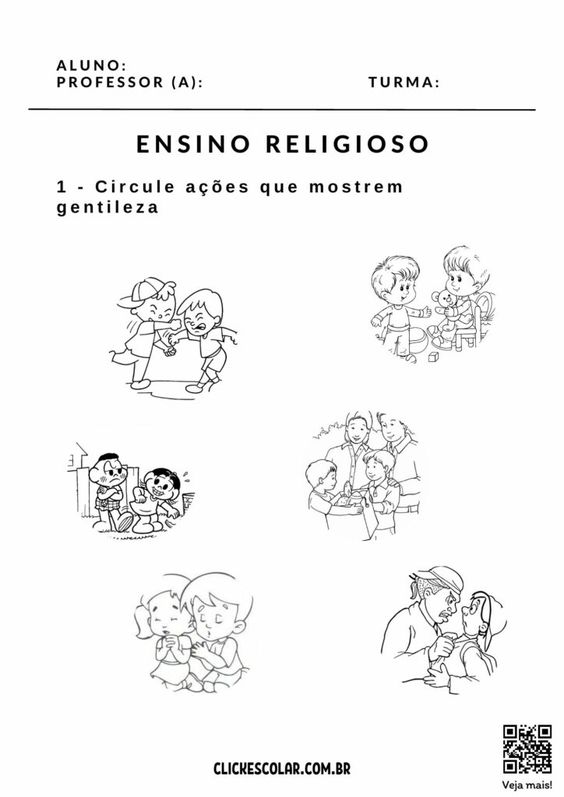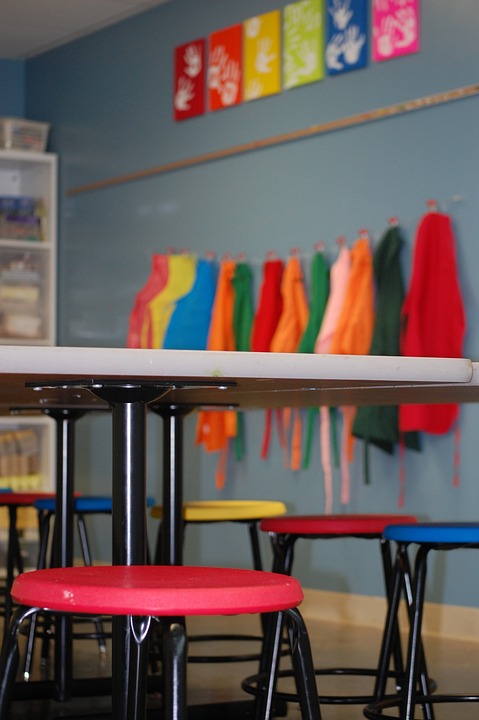1. Objectives
1.1. Main objectives:
– Introduce students to basic notions about religiosity, spirituality and religious diversity.
– Develop respect and tolerance towards different religious beliefs and practices.
– Explore the importance of ethics, values and moral principles present in different religions.
– Encourage reflection on the role of religion in society and people’s lives.
1.2. Secondary objectives:
– Stimulate students’ creativity and artistic expression when representing religious symbols.
– Promote the appreciation of cultural and religious diversity in practical activities.
– Develop empathy and solidarity through religious themes related to helping others.
– Encourage dialogue and respectful communication among students on religious issues.
2. Introduction
To begin the class, a brief dynamic will be held in which students are invited to share personal experiences related to religion. The objective is to create a welcoming and open environment for discussion, encouraging the expression of students' different experiences.
After the dynamics, an introduction will be made about the importance of respecting religious diversity and valuing the different beliefs present in society. Some definitions of religion, spirituality and ethics will be presented, highlighting their connections and differences.
3. Development
3.1. Concept exploration
Students will be introduced to the basic principles of the main religions present in the world, such as Christianity, Judaism, Islam, Hinduism and Buddhism. Their beliefs, practices and fundamental values will be addressed.
3.2. Practical activities
– Activity 1: Creating religious symbols: Students will be divided into groups and will have the task of representing the symbols of the different religions studied in drawings or collages. This activity aims to stimulate students' creativity and artistic expression.
– Activity 2: Religious Stories: Students will be invited to share religious stories that they know or that are part of their family traditions. The objective is to promote interreligious dialogue and the appreciation of sacred narratives from different cultures.
4. Return
4.1. Dialogue and reflection
A conversation circle will be held for students to share their impressions and learnings during the class. Issues such as the importance of tolerance, respect for differences and ethical values present in religions will be addressed.
4.2. Student feedback
Students will be invited to provide feedback on the class, highlighting positive points and suggesting possible improvements for the next activity related to the religious theme.
5. Homework
For homework, students will be asked to interview family or friends about their religious beliefs and family traditions. They should report these experiences in the next class, encouraging reflection on the religious diversity present in their social life.
6. Conclusion
At the conclusion of the class, the importance of respect, tolerance and appreciation of religious diversity will be reinforced as fundamental elements for peaceful and harmonious coexistence between individuals. Students will be encouraged to continue exploring and learning about different religions, always seeking dialogue and mutual understanding.
7. Material de Apoio





